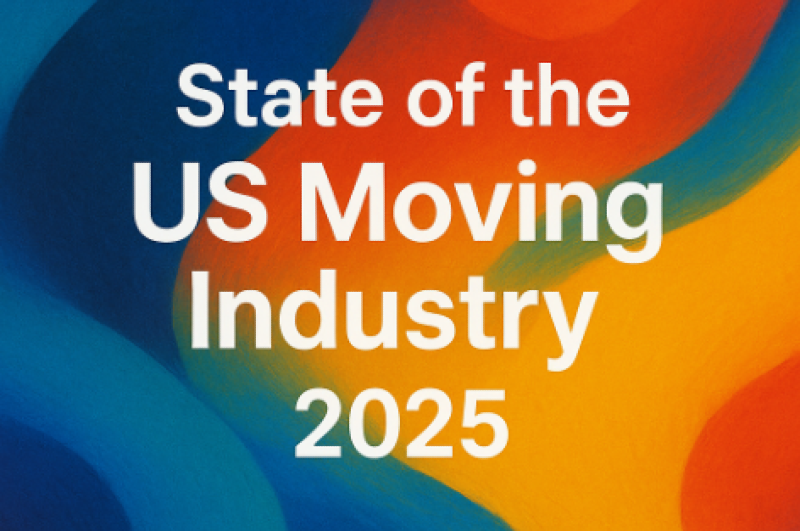Moving in America: 2025 Industry Performance Review and Predictions for 2026
The US moving industry underwent a profound transformation in 2025 as shifting consumer behavior, accelerated technology adoption, economic volatility,

The US moving industry underwent a profound transformation in 2025 as shifting consumer behavior, accelerated technology adoption, economic volatility, and evolving migration patterns reshaped how Americans relocate and how moving companies operate. Nearly 29 million Americans moved this year, marking a six percent increase from 2024 and the highest relocation volume since the early pandemic period. This surge, combined with fundamental changes in expectations and service models, created an environment where moving companies were forced to modernize at unprecedented speed.
Consumers in 2025 redefined the standard for what a move should feel like. Digital-first behavior became the norm across all demographic groups, with seventy-three percent of all moves booked online and approximately seventy percent beginning on a mobile device. Expectations extended far beyond simple web forms: customers demanded real-time tracking of trucks and shipments, virtual surveys for estimates, mobile-optimized booking workflows, and instant communication channels that ensured transparency from start to finish. This shift toward real-time digital visibility pushed traditional movers to upgrade legacy systems that had long relied on phone calls, in-person estimates, and opaque pricing.
A major behavioral shift emerged through the rise of hybrid moving models, which became the defining consumer trend of 2025. Rather than choosing exclusively between full-service movers or do-it-yourself options, nearly half of all households—forty-six percent—opted for a blend of both. Families increasingly handled lighter, more personal items themselves while hiring professionals for heavy lifting, logistics, and transportation. Combined with heightened cost sensitivity and a growing desire for control over valuables, hybrid moving gave consumers flexibility that fit both budget and lifestyle.
Sustainability reached a critical tipping point this year as eco-friendly moving solutions experienced a forty percent increase in demand. Households sought out companies offering reusable moving bins, hybrid or biodiesel-powered trucks, carbon-neutral transport programs, and donation coordination for unwanted goods. This trend was largely driven by Millennials and Gen Z, who prioritized environmental responsibility as a deciding factor in choosing a mover. As sustainability expectations continue rising, moving providers who fail to adapt risk falling out of alignment with future consumer values.
Economic conditions further shaped the industry’s evolution. Mortgage rates fluctuated between 6.2 and 8 percent throughout the year, initially depressing long-distance moving volume but simultaneously sparking a sharp rise in local and intrastate moves. Families focused on optimizing housing costs, relocating closer to work or schools, or downsizing entirely. At the same time, corporate relocations dropped by fifteen percent as remote and hybrid work models became permanent workplace structures. Conversely, lifestyle-driven relocations—moves to mountain towns, secondary cities, and lifestyle-first communities—increased by nearly nine percent as Americans continued prioritizing quality of life over traditional job-centric urban living. Baby boomers also accelerated retirement-related moves, climbing thirteen percent year-over-year.
Cost pressures introduced additional complexity. Fuel prices rose twenty-two percent, insurance premiums increased twelve percent, and a persistent seventeen-percent labor shortage strained full-service operators nationwide. Despite these challenges, innovative companies turned adversity into opportunity by embracing dynamic pricing, optimizing truck utilization through AI-driven routing, and using automation to reduce overhead. In many cases, technology adoption offset the impact of economic instability.
Technology became the industry's most significant catalyst for change. Artificial intelligence redefined operational workflows across national and regional carriers, enabling predictive scheduling that accounted for weather, traffic, and real-time demand. Automated inventory capture using computer vision accelerated pre-move assessments, while dynamic pricing tools adjusted rates based on live utilization and market conditions. Customer service chatbots handled sixty-five percent of customer interactions and delivered instant quotes 24/7. Companies that adopted AI and automation early reduced operational costs by eighteen to thirty-two percent, creating significant competitive advantages.
IoT adoption also surged. Smart sensors improved shipment tracking accuracy, monitored environmental conditions for sensitive items, and enabled predictive maintenance for fleet vehicles. Meanwhile, the Moving-as-a-Service model gained traction, empowering smaller operators to compete with larger companies by leveraging shared digital infrastructure for CRM, payments, dispatching, and booking. This democratization of software leveled the playing field and expanded customer choice across the nation.
Migration patterns continued evolving in ways that reinforced the long-term shift toward the Sunbelt. Florida, Texas, Arizona, and Tennessee remained the top inbound states, not only for weather and tax benefits but also because of large-scale economic development initiatives and expanding infrastructure. Suburban migration surged as families sought more space, better schools, and a lower cost of living compared to major metropolitan cores. The demand for homes with flexible spaces suitable for remote work further accelerated this shift. Meanwhile, secondary cities such as Boise, Raleigh, Nashville, Columbus, and Charleston saw some of the fastest growth in the country. These markets offered urban-style amenities without the cost, crowding, or congestion of major coastal cities.
Labor challenges continued to define daily operations in the moving sector, prompting many companies to invest heavily in competitive wages, recruiting programs, and advanced training focused on technology adoption. Safety enhancements, improved equipment standards, and professional development pathways became necessary tools for reducing turnover and improving the customer experience. State-level regulations added further complexity, with new rules related to environmental compliance, digital privacy, consumer protections, and workplace safety. Companies who proactively implemented these standards were better positioned to build trust and reduce legal exposure.
Looking ahead to 2026, the industry is poised for notable expansion. Analysts expect mortgage rates to stabilize mid-year, unlocking a wave of pent-up demand for long-distance and interstate moves that could increase relocation volume by twenty to twenty-five percent. As new construction accelerates in high-growth regions, moving companies will see rising demand for specialized services such as new-home setup, staging, high-end luxury moves, and corporate partnerships for employee relocations. Hybrid work models will continue shaping new patterns, including seasonal relocations and extended “workation” moves where families split time between cities or regions.
Demographic shifts will introduce entirely new service categories. Generation Z, entering their prime moving years, will demand subscription-based moving packages, sustainability-first services, financing flexibility, and highly shareable digital experiences. At the same time, baby boomers downsizing or retiring will require senior-friendly services, estate liquidation support, medical equipment coordination, and moves tailored to assisted-living transitions.
Technology will continue advancing rapidly in 2026. Robotic assistance will likely enter pilot programs for lifting, packing accuracy, and inventory cataloging. Augmented reality tools will enable virtual home surveys, space-planning, and enhanced DIY support. Blockchain adoption will streamline service verification, payment release, claims management, and immutable condition records. These innovations will collectively push moving companies toward higher efficiency, stronger customer trust, and more consistent service delivery.
As the industry stands at a pivotal inflection point, companies that invest in digital infrastructure, embrace hybrid service models, and build strategic partnerships with real estate platforms, property managers, and relocation networks will be the ones who thrive. Meanwhile, consumers entering the 2026 moving market will benefit from planning ahead, comparing providers through technology platforms, and leveraging digital tools to reduce stress, costs, and uncertainty.
Overall, the US moving industry is transitioning from a commodity service into a technology-enabled experience industry—one defined by transparency, automation, flexibility, and customer empowerment. With shifting demographics, stabilizing housing markets, and continued innovation, 2026 is positioned to be one of the most transformative years in the history of American relocation.

